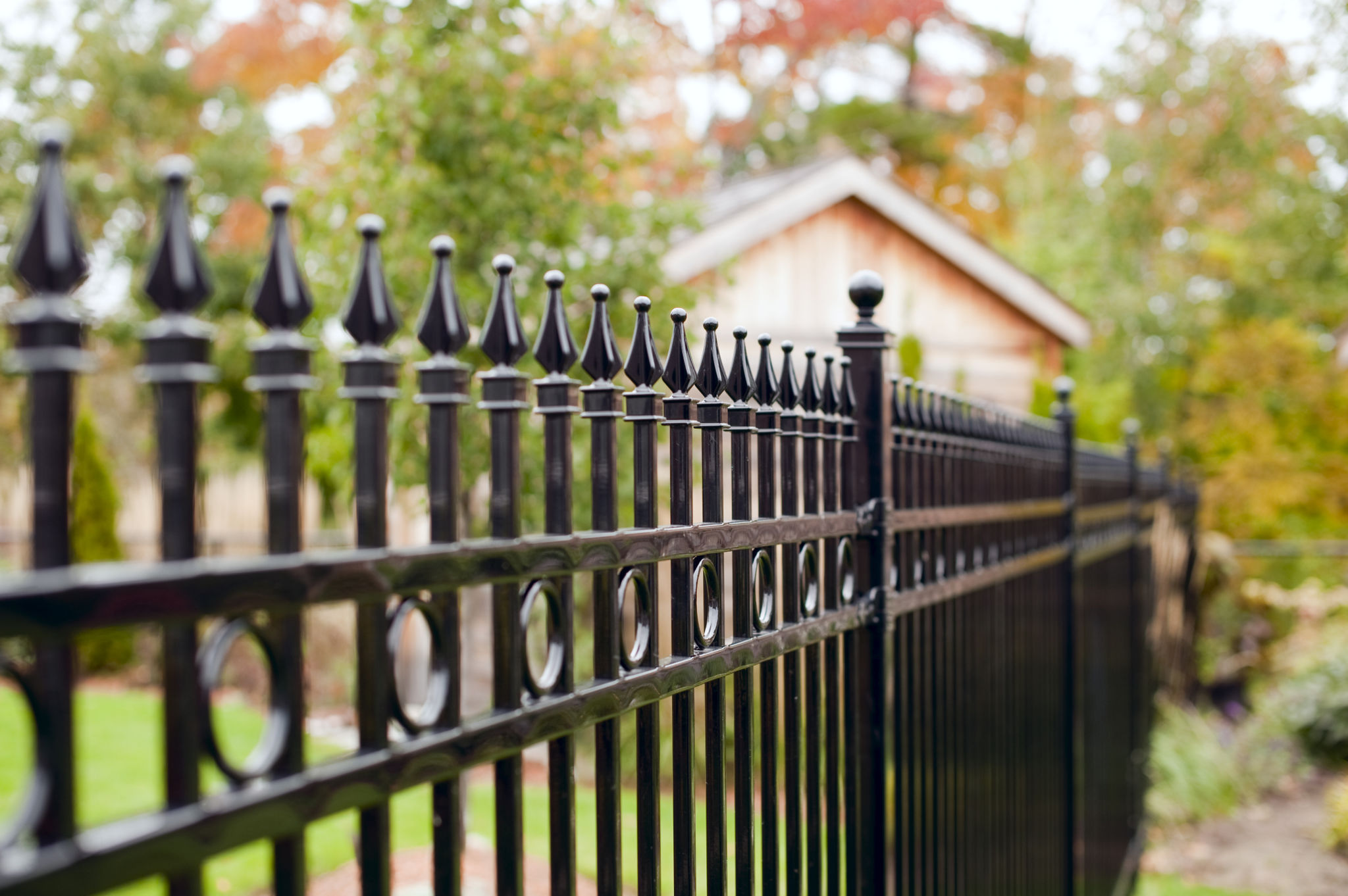When to Replace Your Fence: A Guide for Homeowners
Understanding the Lifespan of Your Fence
Fences are a vital component of any property, providing privacy, security, and aesthetic appeal. However, like any other element of your home, they won't last forever. The lifespan of a fence can vary greatly depending on the materials used and the environmental conditions it's exposed to. Generally, a well-maintained wooden fence can last anywhere from 15 to 20 years, while vinyl or aluminum fences can last even longer, sometimes exceeding 30 years.
Being aware of your fence's age and condition is crucial in determining when it might need replacing. Regular inspections can help identify any issues early on and prevent more significant problems down the line. Here are some key indicators that it might be time to consider a replacement.

Signs of Damage and Wear
One of the most obvious signs that your fence needs replacing is physical damage. This can include broken or missing boards, leaning posts, or sagging sections. While minor damage can often be repaired, extensive or widespread issues might necessitate a full replacement.
Weather-related damage is another common reason for fence replacement. Harsh weather conditions such as heavy rain, strong winds, and extreme temperatures can take a toll on your fence over time, causing warping, cracking, or even rotting in wooden fences. If you notice significant weather-related damage, it's often more cost-effective to replace the entire fence rather than attempting repairs.
Rot and Insect Infestation
Wooden fences are particularly susceptible to rot and insect infestation. Signs of rot include soft spots, discoloration, and an unpleasant odor. Termites and other wood-boring insects can also cause significant damage by eating away at the wood from the inside out. If you've detected either of these issues, it might be time to replace your fence to prevent further damage.

Increasing Maintenance Costs
If you're finding that maintaining your fence is becoming increasingly expensive and time-consuming, it might be more economical to replace it. Frequent repairs and treatments can add up over time, and investing in a new fence could save you money in the long run while also enhancing the appearance and security of your property.
Newer fencing materials often require less maintenance and offer better durability than older models. By upgrading to a more resilient material, you can reduce future maintenance needs and ensure your fence lasts for many years.
Changing Aesthetic Preferences
Sometimes, the decision to replace a fence isn't driven by structural issues but rather by aesthetic preferences. As trends change and new materials become available, you might find that your current fence no longer complements your property's style. Replacing your fence can provide an opportunity to update your home's look and increase its curb appeal.

Increasing Property Security
A new fence can significantly enhance your property's security. If you feel that your current fence isn't providing adequate protection, upgrading to a more robust option might be the right choice. Consider installing a taller or more solidly constructed fence to deter potential intruders and provide peace of mind.
- Choose materials like steel or wrought iron for increased durability.
- Consider adding security features such as locks or surveillance systems.
Conclusion: Making the Right Decision
Deciding when to replace your fence involves assessing its current condition, considering maintenance costs, and evaluating your personal preferences for aesthetics and security. By keeping these factors in mind, you can make an informed decision that enhances the beauty and functionality of your property.
Whether it's due to wear and tear or simply a desire for a fresh look, replacing your fence is an investment that can offer long-term benefits. Take the time to explore different materials and styles to find the perfect match for your home.
